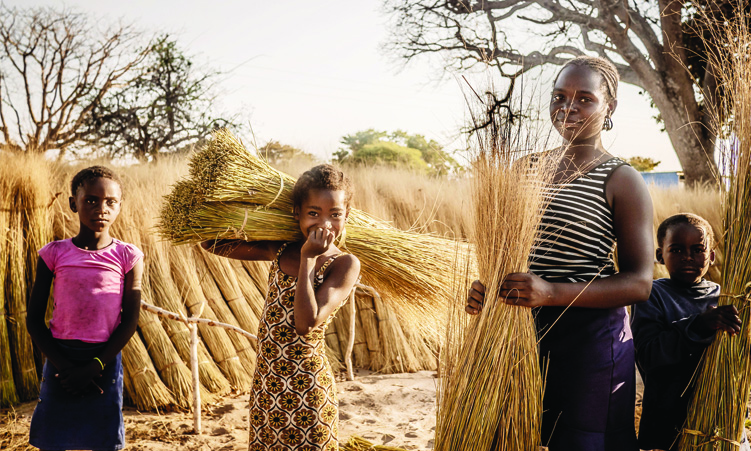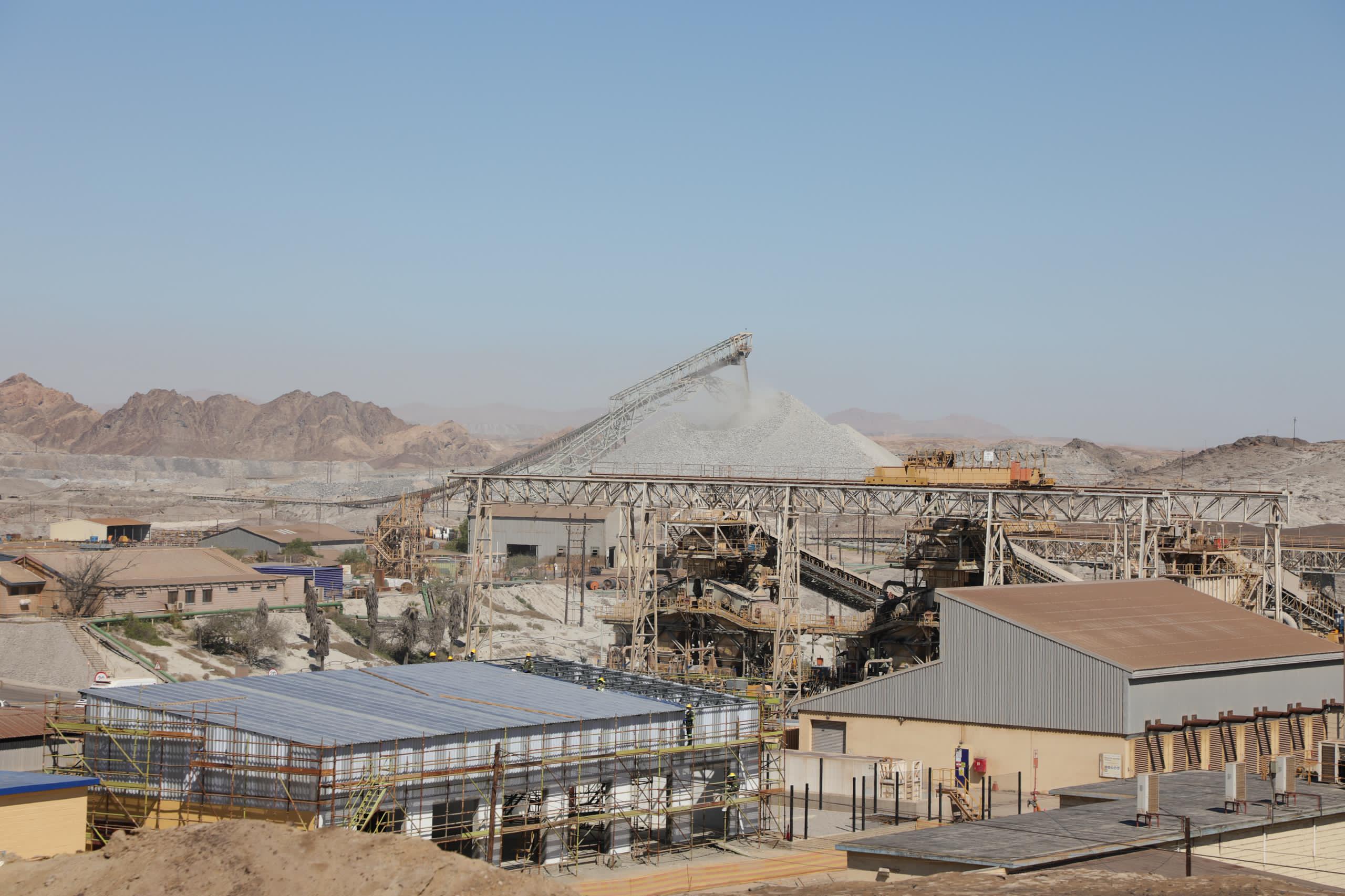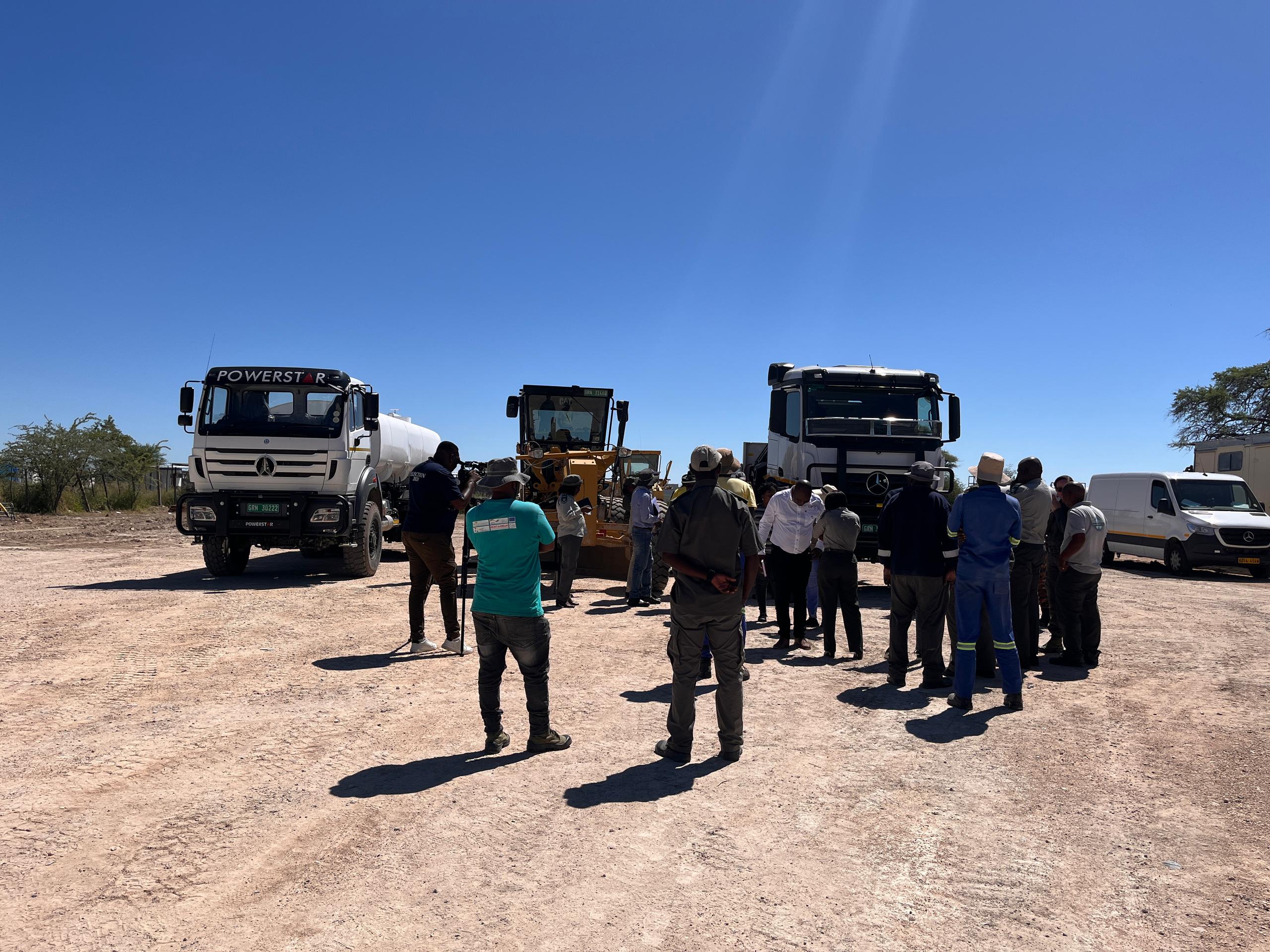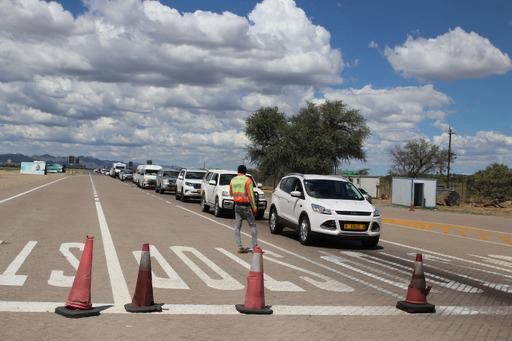… The country hits three million population mark with many flocking to the city
The Namibia Statistics Agency’s statistician general, Alex Shimuafeni, says Namibia’s population of three million mainly comprises 2,1 million young people, as experts predict continued youth unemployment, poverty and inequality.
Shimuafeni said this yesterday while announcing the preliminary results of the 2023 Housing and Population Census (HPC), revealing that the country’s population increased from 2,1 million in 2011 to three million in 2023.
“Namibia has a youthful population and a narrow apex, representing a relatively small proportion of elderly people,” he said.
The statistics show that 71,1% of the people in the country are under 35 years old, while 56,1% comprise the working class of between 15 and 59 years old, and 6,8% of the country’s population is 60 years and older.
“The figures further show that Namibia’s population has been increasing since the 1991 census – from 1,4 million to 3 022 401 in 2023, representing an increase of 114,4% over a period of 32 years,” Shimuafeni said.
Labour expert Sydwill Scholtz yesterday said the high employment rate in the country, coupled with a bigger youthful population is not ideal.
“Our current population consists of 71% youth, who are either new in the job market or have been in the market for a short period, and with the high unemployment rate, this is not an ideal situation,” he said.
He called for the creation of entrepreneurship opportunities for young people, as this would allow them to diversify their income streams.
“I am excited on the one hand for the achievement of this milestone, but the pear-shaped economy brings with it the inexperienced youth to enter or develop the economy.
“This requires structures in place to teach them how to deal with their finances and their taxes specifically to ensure the economy is boosted,” Scholtz said.
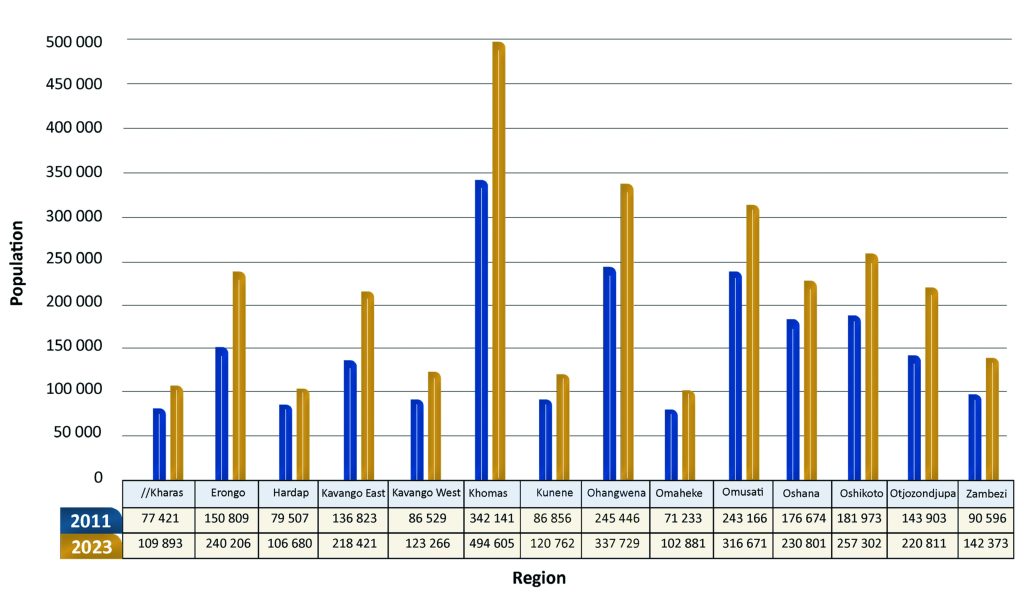
KHOMAS STILL MOST POPULATED
Speaking at the announcement, Shimuafeni said the capital Khomas region remains the most populated, with 494 605 people, while the Omaheke region remains the least populated, with 102 881 people.
The number of households tripled from 254 389 in 1991 to around 756 400 in 2023.
“The average household size has been declining, with the lowest recorded in the 2023 census year with 3,8 people per household,” Shimuafeni said.
He said the female population outnumbered the male population with 1 548 177 females and 1 474 224 males in the country.
“There were more females than males in Namibia, both in urban and rural areas in 2023. The trend is similar at regional level, except for the //Kharas, Erongo, Hardap, Kunene and Otjozondjupa regions, which recorded slightly more males than females.
“Similarly, a significant number of males (52,8%) were recorded in the Omaheke region, compared to females (47,2%),” he said.
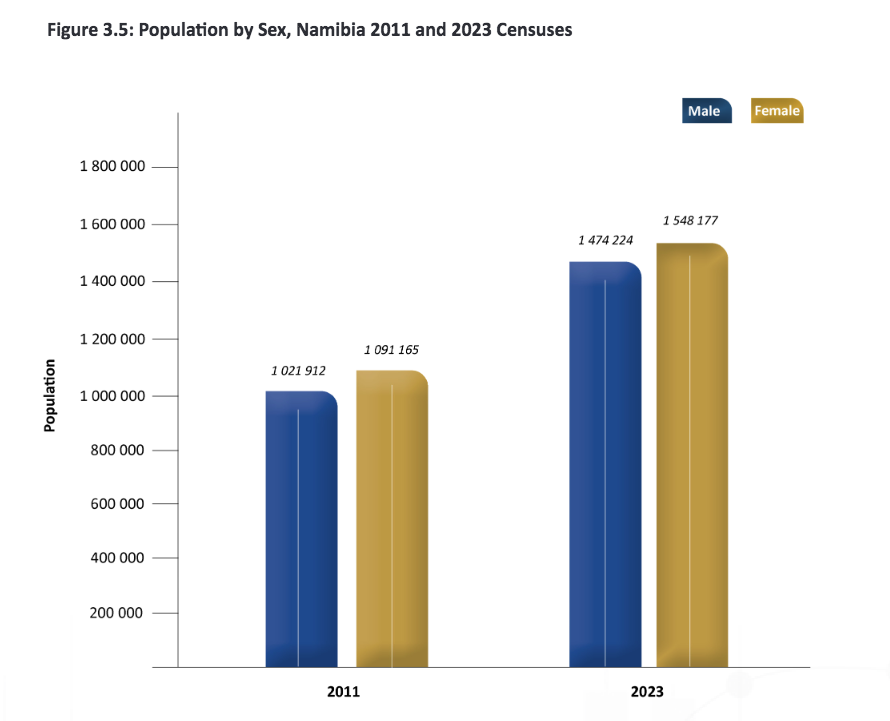
RISKS & OPPORTUNITY
Research analyst Angelique Bock says the predominance of young people puts a lot of pressure on social services, such as education, healthcare and social welfare.
“Meeting the needs of a growing youth population requires substantial investment in infrastructure, human capital and public services, which may strain fiscal resources,” she says.
Bock says the economic downturn induced by the Covid-19 pandemic has led to heightened youth unemployment and challenges in job creation.
“The ability of individuals to find employment may become more challenging despite the population size, necessitating innovative approaches to job creation and entrepreneurship promotion,” she says.
Popular Democratic Movement parliamentarian Maximalliant Katjimune says Namibia has already struggling to provide the most basic services to its over two million people since 2011.
“Therefore the challenges regarding service delivery and the complexities of poverty, equality and unemployment will exacerbate,” he says.
Katjimune says there could be an opportunity for business growth, but this prospect looks bleak as more than 70% of small businesses in the country collapse within five years of starting up due to the lack of an enabling environment.
Labour expert Herbert Jauch says population growth with so many young people presents an opportunity to have a skilled workforce that could transform the economy in terms of increasing productive activities.

However, he says this would require a good foundational education system, coupled with opportunities for specialisation at post-school level.
Jauch says using these opportunities also requires systematic interventions to free people from the shackles of poverty to allow them to reach their potential.
“This has been talked about for years, but no meaningful and systematic intervention has occurred. Unless this changes now, the increasing number of young people would merely swell the ranks of the unemployed,” he says.
Jauch says socially, an increased youthful population would lead to more tensions as young people would not accept a situation offering them no hope.
Political analyst Henning Melber says the marked increase of Namibia’s population is a challenge when it comes to employment and social sector expenditure, in particular regarding education.
“Given the extreme social disparities, there is a risk that the unequal distribution of wealth will exacerbate the problems. So far, the population growth and thereby the younger generation entering the labour market could not be adequately absorbed through employment,” he says.
Melber says too many, often unqualified, young people looking for employment and unable to earn a living is a ticking time bomb.
“While other societies may consider more than two thirds of the population below the age of 35 and more than half in the defined working age of 15 to 59 years as an asset, it seems in the context of Namibia more a liability when it comes to the necessary provisions this requires in social sectors,” he says.
He says the lack of adequate housing also poses a risk.
“With close to half of the population lacking proper accommodation, the problem would increase further with the rate of population growth,” Melber says.
However, he says there is huge potential for the development of human resources, if sufficient investment is made.
The deputy leader of the Namibia Economic Freedom Fighters, Kalimbo Iipumbu, says the Swapo government has already failed with housing and healthcare provision and employment creation.
“The Swapo government’s annual budgets have failed to grow with our demographics, and this means there has been an unresponsiveness, an ineffectiveness and failure to gain ground on mass poverty,” he says.
Stay informed with The Namibian – your source for credible journalism. Get in-depth reporting and opinions for
only N$85 a month. Invest in journalism, invest in democracy –
Subscribe Now!




